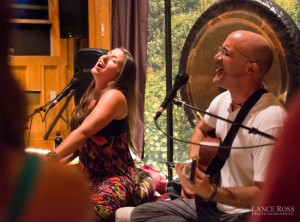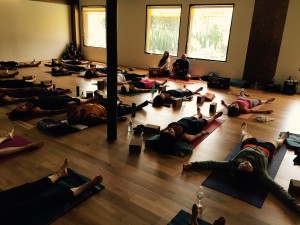The Best of Both Worlds: Interview with Tiffany Cruikshank
by Jill Rivera Greene
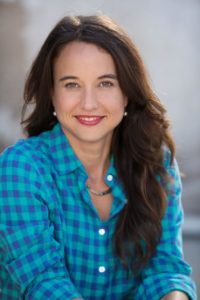 Tiffany Cruikshank has dedicated 20+ years to crafting her unique method of teaching yoga. She draws on a vast range of experience, including her work as a holistic medicine practitioner, acupuncturist, and sports medicine expert, as well as private sessions with thousands of patients, students and athletes, including Seattle’s own Russell Wilson.
Tiffany Cruikshank has dedicated 20+ years to crafting her unique method of teaching yoga. She draws on a vast range of experience, including her work as a holistic medicine practitioner, acupuncturist, and sports medicine expert, as well as private sessions with thousands of patients, students and athletes, including Seattle’s own Russell Wilson.
These experiences laid the foundation for her Yoga Medicine trainings, which draw on both Eastern and Western notions of medicine to address each patient/student’s unique needs. These days, Tiffany spends the majority of her time sharing these teachings in conferences, trainings and articles internationally. She was generous enough to share a few juicy tidbits in a recent phone conversation with NWYC.
Where did the inspiration for Yoga Medicine come from?
When I started seeing patients about 15 years ago, I noticed that my patients who practiced yoga got better a lot quicker. That prompted me to think about how I could better help my patients who don’t practice yoga, by giving them postures and other things they could do on their own to be more proactive in their health care.
Yoga Medicine was meant to bridge the gap between the yoga world and the medical world, so yoga could be an adjunct to people’s medical care. Yoga teachers aren’t meant to replace medical providers. Our mission is to train teachers to blend Eastern and Western modalities, so they can work effectively with medical providers and help people with injuries or illnesses, or improve general wellness.
Do a lot of health care providers come to your trainings?
All of our trainings are for people who want to teach yoga in some capacity, but maybe a quarter of participants are also health care providers, from mental health counselors, doctors, surgeons, physical therapists, acupuncturists, and more. The common denominator is people who are interested in both the East and West—the Western understanding of anatomy/physiology in addition to the Eastern practice of yoga.
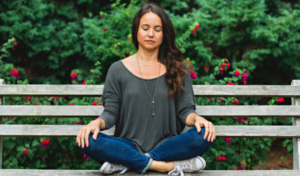 Has Yoga Medicine changed the way that you personally approach yoga?
Has Yoga Medicine changed the way that you personally approach yoga?
I have never seen [yoga and Yoga Medicine] as separate. That said, I definitely started out with a more physically based practice. I did a lot of Ashtanga when I was younger, and I was intrigued with inversions and arm balances. Then I had a bad injury, and that’s what forced me to start incorporating more of what I did with my patients into my own practice and teaching. This eventually evolved into Yoga Medicine.
I think we all evolve over the decades of our lives. If we practice yoga long enough, the practice changes to suit our needs. Yoga Medicine has definitely changed how I approach my practice; I now approach it more through a therapeutic lens than an exercise or gymnastic lens, though movement is also therapeutic of course.
Do you have specific suggestions for people of a certain age (ahem), as our practice evolves?
I think it’s important to acknowledge that the practice isn’t meant to be one practice for everybody. The beautiful thing about yoga is that there are so many different approaches. As we go through our life cycles, hopefully we are able to find a practice that suits us. And if you practice yoga long enough, that will change many times. What exactly that looks like is going to be different for each person.
The hard part is just staying open to that. We can get kind of rigid about what we think we need. We only have so much time, and we often feel like we have to get a physical practice in, to move because we sit all day. The yoga principles and practices are based on a framework of not just physical flexibility, but mental flexibility as well. It’s really important to our health and vitality to allow ourselves to pay attention to what our bodies need through different weeks, years, and decades of our lives. After practicing for almost 25 years now and spanning several decades of my life, my own personal practice has changed immensely over the years and only when I was able to be adapt to that was I able to tap into the therapeutic potential of my practice.
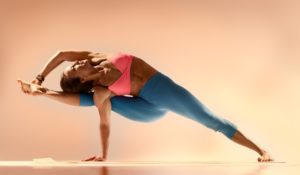 Can you talk a little about the process you go through in developing a Yoga Medicine module?
Can you talk a little about the process you go through in developing a Yoga Medicine module?
The modules that I develop are all on topics that are personally meaningful to me. They are things I have experienced in my own practice, with students and patients. So I start by choosing subjects that are important not only from my lens but also for the people I work with.
I like to stick to what I’m good at and what I know. A lot of the course content comes from my own education, my 10+ years of training in holistic medicine, yoga, acupuncture, sports medicine, and orthopedics, as well as 15 years of seeing Chinese medicine/acupuncture patients with a specialty in sports medicine & orthopedics together with my experience of teaching yoga for the last 20 + years and running yoga teacher trainings for over 15 years. And then I dig through my books, and consult with other teachers, doctors and health care providers who might be helpful. When we do modules that aren’t in my specialty or comfort zone, I bring in other people who are specialists in that area. We have a lot of doctors & experienced teachers who contribute to our curriculum.
One of the things that we do well in Yoga Medicine is keeping an open mind. We train our teachers to think for themselves, so that they can understand the lens of the human body and apply that to the yoga practice. Yoga Medicine is not a specific style or way of working with students. We always recommend that our teachers continue to study many different styles of yoga. We are helping our teachers to understand the body from an Eastern and Western perspective, so that they can decipher for themselves what might be helpful for their students.
One of the workshops that you’re offering at the NW Yoga Conference is on the SI joint. Can you talk about why you chose this topic, and share one or two key things that students in the workshop will learn?
The SI joint is becoming a popular topic right now, and rightfully so. In the medical world and in my training, almost 20 years ago, there was hardly any talk about it. Now it’s starting to get a more recognition, in the medical world, in yoga, and in the general population.
The SI is a really important joint, because it’s weight-bearing and a transition point between the upper and lower body. It doesn’t get a lot of movement; in fact, it barely moves at all. Most of the time it gets 2 to 4 degrees of movement. But there is a fine balance between not moving enough and moving too much that, in my experience, is critical to the health of this joint.
One of the easiest take-aways is the importance of having a balance of strength and flexibility. As a yoga practitioner you can do that in a general sense, by noticing areas that are tight or weak, and working on those areas.
For yoga students who are more flexible, it’s important to look at areas that they can strengthen around the hip, lower back, and core. You can’t really go wrong there. Any time there are recurrent SI joint issues, there is some layer of hypermobility. So in general, it’s looking at how to build symmetrical stability around this joint to help it function optimally within this fine range of motion.
I have found some specific techniques that are helpful in this area. In the workshop, we will look at some of the common tendencies and simple ways to work with them.
You’re offering another workshop, on myofascial release. Who do you find benefits most from this technique?
The thing I love most about myofascial release is that pretty much everyone can benefit from it. You can modify it to the individual pretty easily. Nothing is going to replace a great body worker or your medical provider, but it can be a great way to continue your care on your own.
Usually people feel results pretty much immediately, so that gives people encouragement to continue using it. Eventually, over time, they can reshape and shift the fascia and the connective tissue. We’re now starting to recognize, through research, that this is an important part of our physical health—not only our muscles, but our structural supportive system and how it’s all integrated together.
When people use myofascial release, they get to feel how one part of the body affects another. This is one of the reasons that I love teaching these workshops. A lot of times when we do myofascial release on our own, we just work on one specific area. But when you go through the body in a workshop, you may notice that there were completely separate areas that were even more helpful to the area where you have pain or limited range of motion. So it helps you uncover what I call “mystery areas.”
You have worked with a lot of athletes throughout your career. What do yoga teachers need to know about working with high-performance athletes?
We have a whole module on this in Yoga Medicine! I’ve worked with a lot of different kinds of athletes—from pro athletes to weekend warriors, in many different sports. Yoga is becoming a more and more prevalent resource for athletes, and there is a lot that yoga teachers can do with and for athletes.
One thing that’s really important to understand is that, in most athletics, there are very different stages of training. My goal as a yoga teacher is to meet athletes where they are, and to use the different tools and modalities of yoga to assist them through the different training & recovery stages, including joint stability & strength building, mobility, active recovery, passive recovery and the often over looked nervous system reset.
The great thing about working with athletes is that they are usually very much in tune with their bodies and changes in their performance, so that gives us good, quick feedback. However, depending on the athlete, there can also be a lot of parts that are very disconnected. I enjoy working with athletes because they generally respond really well to yoga and are usually surprised by all the things it affects not only in their performance but also their mental game and how they feel in general. They can really feel the differences yoga is making. Even simple additions can be very effective in an athlete’s routine.
What are some of the benefits, for yoga teachers and students alike, of attending an event like the Northwest Yoga Conference?
The great thing about coming to a conference like this is getting a sampling of a lot of different things. I enjoy being a participant as well as a teacher, and hearing the different viewpoints.
As a teacher, you not only get to take away new information from the classes, but it also sparks you to think in new ways. It fires parts of my brain that maybe haven’t been used recently. A conference is a great way to spark an interest to dig deeper and perhaps continue on to study more deeply with a teacher.
One of the things that I feel strongly about in Yoga Medicine is that often there isn’t a “right” or a “wrong” way. All of these teachings have some uses, otherwise they wouldn’t be around. They’ve worked for someone. So if I can go and see all of these different ways of working with the body, it helps me create more tools and resources to have at my fingertips when working with my students.
That’s the whole premise of our trainings: Being able to individualize the process, so that teachers can work in medical settings, or home settings, or wherever they are needed.
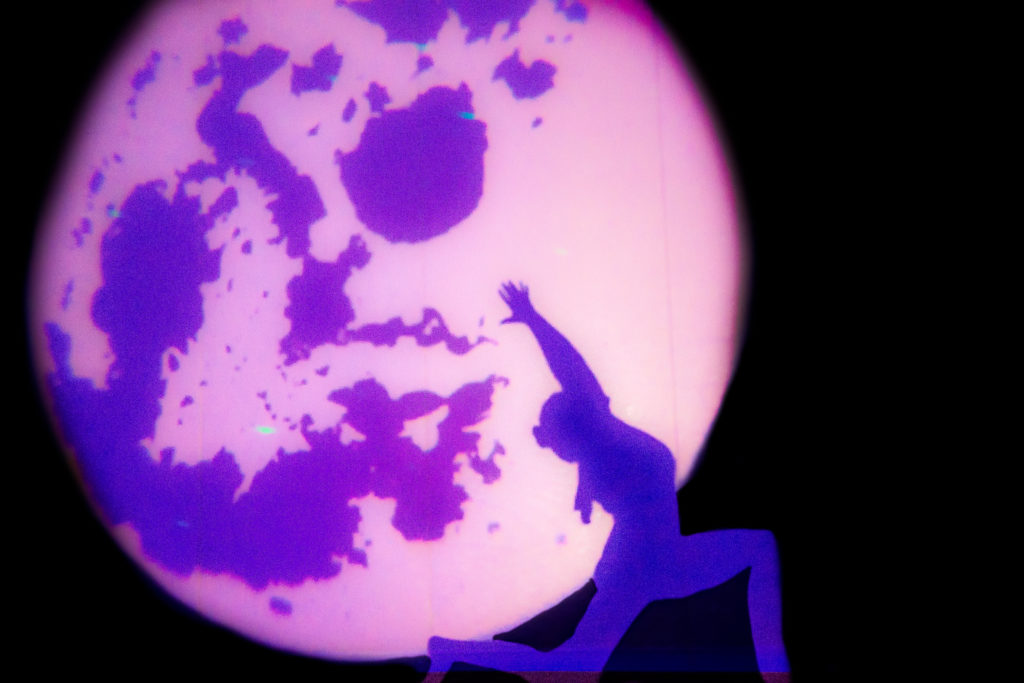
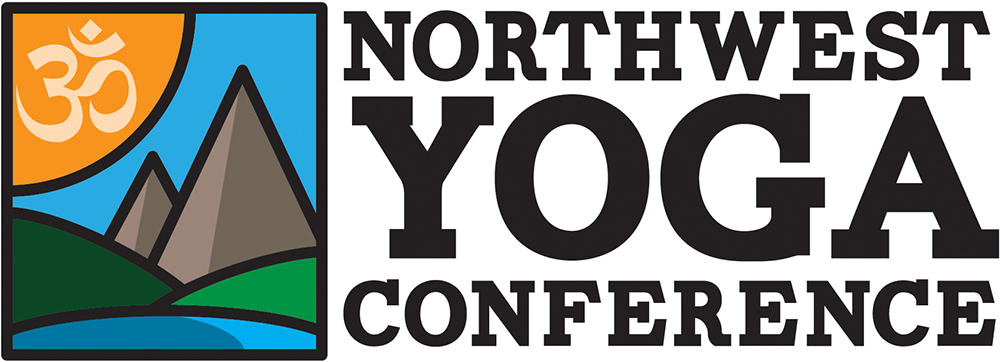
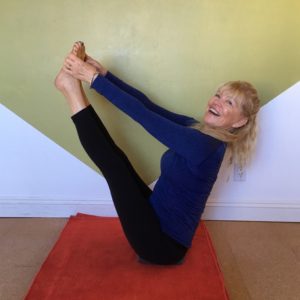 Can you tell us about the beginning of your yoga practice and how you found your way to teaching yoga?
Can you tell us about the beginning of your yoga practice and how you found your way to teaching yoga?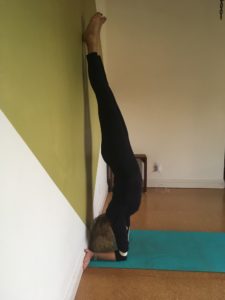 Did you travel to India to study with Iyengar and if so, what was that experience like?
Did you travel to India to study with Iyengar and if so, what was that experience like? 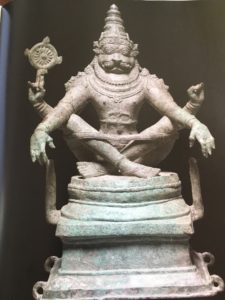 How did Iyengar come up with yoga props?
How did Iyengar come up with yoga props?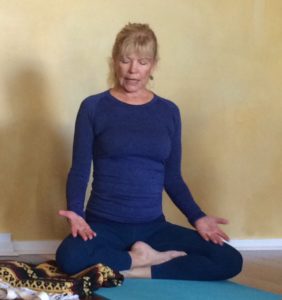 You have been practicing for a while. Have you had to deal with injuries?
You have been practicing for a while. Have you had to deal with injuries?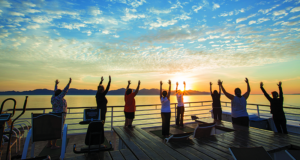 You are leading a “Rivers of Wellness” cruise with UnCruise in October 2017 along the Columbia and Snake Rivers. What can guests expect on this cruise and from your yoga classes?
You are leading a “Rivers of Wellness” cruise with UnCruise in October 2017 along the Columbia and Snake Rivers. What can guests expect on this cruise and from your yoga classes? Tiffany Cruikshank has dedicated 20+ years to crafting her unique method of teaching yoga. She draws on a vast range of experience, including her work as a holistic medicine practitioner, acupuncturist, and sports medicine expert, as well as private sessions with thousands of patients, students and athletes, including Seattle’s own Russell Wilson.
Tiffany Cruikshank has dedicated 20+ years to crafting her unique method of teaching yoga. She draws on a vast range of experience, including her work as a holistic medicine practitioner, acupuncturist, and sports medicine expert, as well as private sessions with thousands of patients, students and athletes, including Seattle’s own Russell Wilson. Has Yoga Medicine changed the way that you personally approach yoga?
Has Yoga Medicine changed the way that you personally approach yoga? Can you talk a little about the process you go through in developing a Yoga Medicine module?
Can you talk a little about the process you go through in developing a Yoga Medicine module?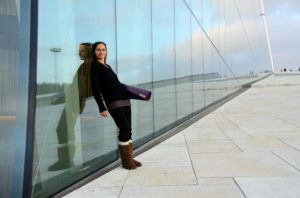 You’re offering an all-day intensive this year on “Making Your Practice Whole.” What does it mean to make your practice whole?
You’re offering an all-day intensive this year on “Making Your Practice Whole.” What does it mean to make your practice whole?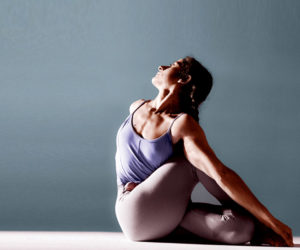 If you could give one piece of advice to a new teacher today, what would it be?
If you could give one piece of advice to a new teacher today, what would it be?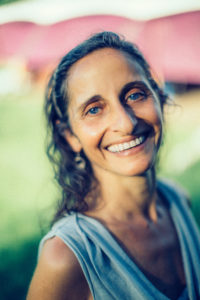 And our own self study – is that a part of this?
And our own self study – is that a part of this?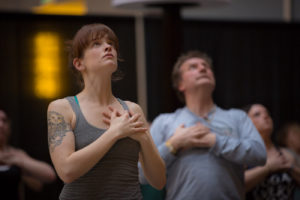
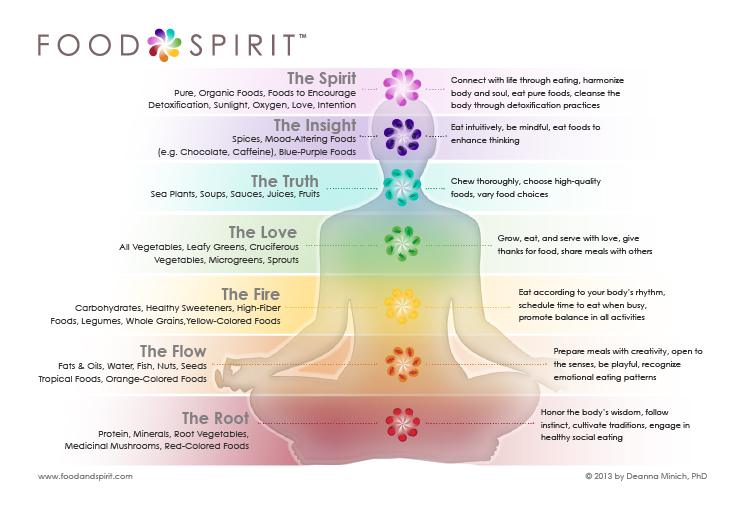
 Perhaps all you need to do is have a meal with them to know more about them. After all, research shows that we make more than 200 decisions about food every day. As a result, our relationship with eating says something rather significant about how we choose to live our lives. This idea may not be far-fetched considering that we have long been told “you are what you eat.”
Perhaps all you need to do is have a meal with them to know more about them. After all, research shows that we make more than 200 decisions about food every day. As a result, our relationship with eating says something rather significant about how we choose to live our lives. This idea may not be far-fetched considering that we have long been told “you are what you eat.”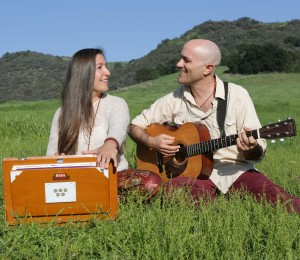 Some of our readers may not be familiar with kirtan. What is kirtan?
Some of our readers may not be familiar with kirtan. What is kirtan?